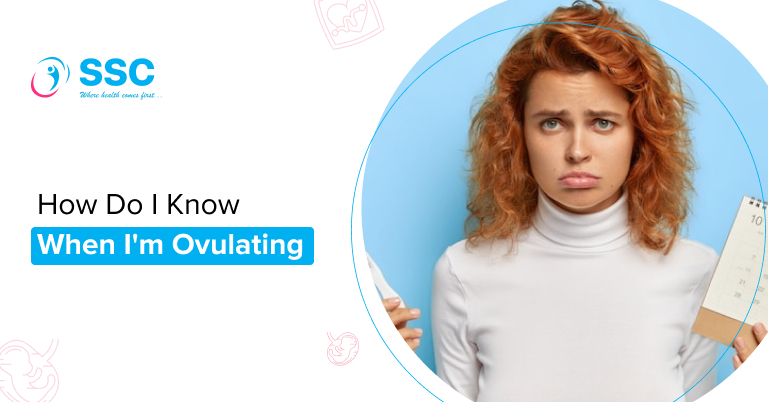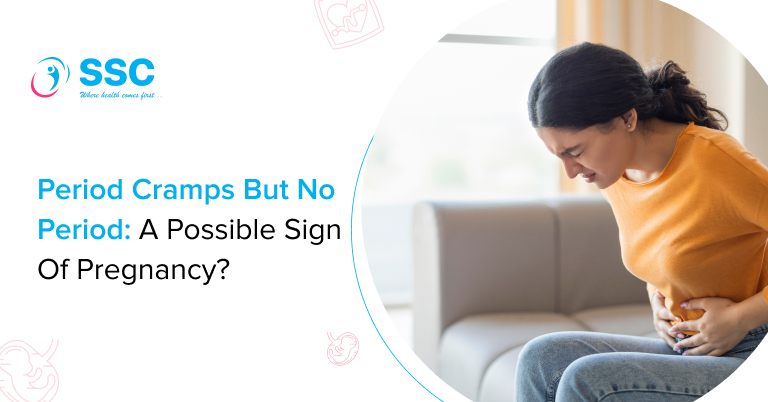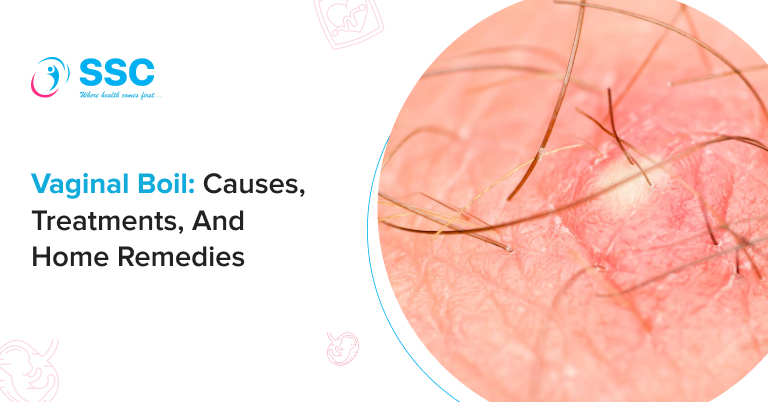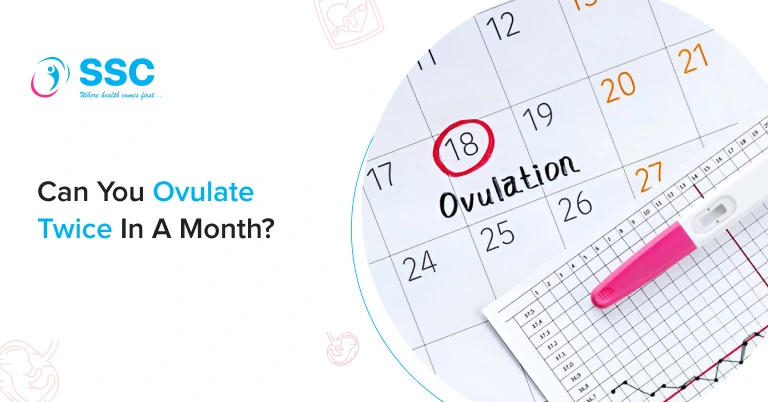How Do I Know When I’m Ovulating
If you’re planning a family and learning more about conception, you should familiarise yourself with ovulation.
Every woman ovulates at a different time, but there are techniques to identify the symptoms of ovulation in advance to improve your chances of becoming pregnant.
Interested in knowing more details about the specific steps involved in ovulation? Keep reading to learn more about what happens during ovulation and its process in detail.
What is Ovulation?
Ovulation is one of the phases in the menstrual cycle, during which the mature egg is released from the ovary, preparing for fertilization. Usually, once a month, your body releases one egg at a time. The egg goes to the fallopian tube before it is fertilized by sperm.
If fertilized, the egg will go to your uterus, where it will implant and become a pregnancy.
How can I tell if I’m Ovulating?
Since each individual is unique, not everyone exhibits ovulation symptoms. When they occur, the following are the most typical signs and symptoms.
Changes in Basal Body Temperature (BBT)
When you ovulate, your basal or resting temperature rises to some extent. Before getting out of bed each morning, you can take your temperature using a special thermometer. Two or three days before a temperature rises, you are most fertile.
Before using BBT, you must monitor your temperature with a specialized basal thermometer for a while to spot patterns.
Ovulation and discharge
Your cervix, or the lower part of your uterus, discharges a sticky fluid called cervical mucus. It could appear to you as regular vaginal discharge. It means a coming or actual ovulation.
You can also see an increase in the discharge volume. Cervical mucus is produced to facilitate sperm’s passage through the cervix and onto the egg.
Increased Libido
You can experience an increase in interest in sex as ovulation draws near. The body responds to ovulation naturally in this way. You may experience an increase in sex drive two to three days before ovulation.
Breast pain and tenderness
Around the time of your ovulation, you may have discomfort or swollen breasts. It may be mild or rather noticeable, and it may persist until the first day of your menstrual cycle. Physicians believe this condition is caused, at least in part, by changes in hormones.
In addition to ovulation, elevated estrogen levels in the body can also result in sore, enlarged breasts.
Bloating
Hormonal changes can also cause mild bloating around ovulation. You may get a sensation of fullness or observe enlargement in your abdomen.
Increases in certain hormones during ovulation can cause bloating and water retention, which can result in gas and weak digestion.
Cervical Position
The cervix, which is found in the vagina at the end of the tube, shifts positions during a cycle. The cervix is more constricted, firmer, and lower above the period of fertility. Before the ovulation period, the cervix is softer, larger, more wet, and broader than typical during ovulation.
What are the symptoms of ovulation?
There are other symptoms in addition to the signs mentioned earlier, which are
- A little discomfort in the abdomen or pelvis.
- Spots of light bleeding.
- Enhanced taste, smell, or vision perception.
- Mood Swings.
- Changes in Appetite.
- Ovulation Cramps.
When does Ovulation occur?
On a 28-day menstrual cycle, ovulation occurs around 14 days before the start of the following menstrual cycle. The precise time varies, so the duration of your cycle can be different.
If you have sexual contact every day between days 10 and 14 of a 28-day cycle, your chances of getting pregnant increase.
Regardless of the duration of their whole cycle, most people will have a period of 14 to 16 days following ovulation.
Signs of Irregular Ovulation
Irregular cycles
If your cycles are absent, last less than 21 days, last more than 35 days, or differ by a few days each month, an ovulation problem may be present. Numerous issues might lead to irregular cycles, including excessive stress, being underweight or overweight, PCOS, thyroid problems, etc.
No rise in Basal Body Temperature
BBT raises and remains increased following ovulation. Ovulation cannot occur if you don’t see a rise in BBT during a cycle.
Inconsistent ovulation test results
Ovulation test kits detect the Luteinizing Hormone (LH), which spikes right before ovulation. You are not ovulating if you never obtain a positive result.
How to calculate ovulation?
There is no sure way to know when cycles will occur. You can increase your chances of becoming pregnant by combining more than one approach at once. The following are a few methods to calculate ovulation.
Ovulation Test Kits
One method of determining the fertile period is to test your hormone levels with an ovulation prediction kit (OPK), though this method isn’t ideal for all women. These stick-based kits are sold at pharmacies and online without a prescription.
Fertility Monitors
Further fertility trackers are available, which display your most (and least) fertile days on a monthly chart based on the findings of your BBT, cervical mucus, and urine tests.
Ovulation Calculators
The Ovulation Calculator will help you determine when you are most likely to become pregnant and, if you do conceive, your due date. It’s a simple and quick method of determining how to increase your chances of becoming pregnant.
Calendar Method
Finding your shortest and longest cycles over six months will help you determine when you could be ovulating. From the shortest cycle, you reduce 18 days, and from the most extended cycle, you remove 11 days.
These two numbers indicate the most fertile days of your cycle.
Wrapping Up
Understanding when you ovulate will help you determine when you are and are not fertile. Contact us, the best gynecology clinic in Bangalore, and schedule an appointment to learn more about your fertility cycle and pregnancy issues.












